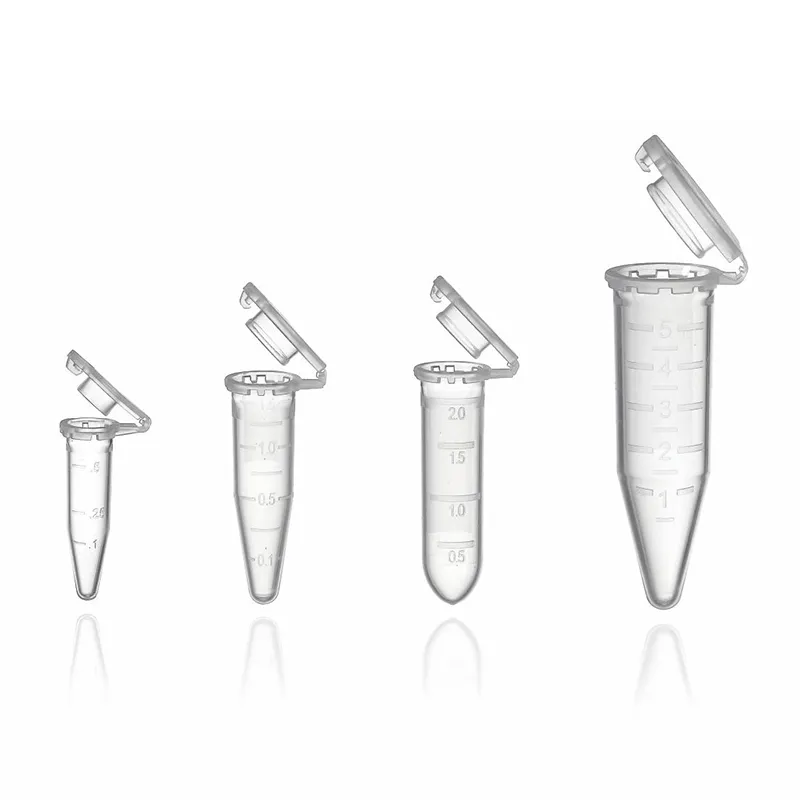250ml Clear Plastic Juice Bottles Ideal for Beverages and Crafts
The Versatility and Impact of 250ml Empty Plastic Juice Bottles
In a world that constantly leans towards convenience and sustainability, plastic bottles, particularly 250ml empty plastic juice bottles, have become a staple in both home and commercial settings. Their lightweight, durable design and size make them an ideal choice for packaging a variety of liquids, with juice being the most prominent. However, the significance of these bottles extends beyond mere functionality; they play a critical role in packaging, marketing, and even environmental discussions.
The Design and Practicality of 250ml Bottles
The 250ml size is particularly appealing for many reasons. It is an ideal portion for a single serving of juice, making it a popular choice among consumers seeking healthy beverages. These bottles are often used in schools, workplaces, and fitness centers, where individuals prefer to have an easy-to-carry portion of juice that is not overly bulky or heavy. Moreover, the plastic used in these bottles is typically PET (polyethylene terephthalate), known for its strength, flexibility, and barrier properties, which help preserve the freshness and flavor of the juice contained within.
In addition, 250ml plastic juice bottles can be easily designed with vibrant colors and attractive labels. This visual appeal enhances marketing efforts, making them stand out on store shelves. Companies invest in creative branding strategies that can include everything from eco-friendly printing processes to highlighting nutritional information, making these bottles not just a container, but a vessel for storytelling.
Sustainability and Environmental Considerations
One of the major discussions surrounding plastic bottles is their environmental impact. As the world grapples with the consequences of plastic pollution, companies are increasingly being held accountable for their packaging choices. Fortunately, many manufacturers are now producing 250ml empty plastic juice bottles with sustainability in mind. Innovations have led to the development of bottles made from recycled materials or those that are fully recyclable after use. Additionally, some brands are investing in biodegradable plastics designed to decompose more easily in landfills.
empty plastic juice bottles 250ml

Recycling programs are also becoming more commonplace, encouraging consumers to return their empty bottles for reuse. By fostering a circular economy, these initiatives not only reduce waste but also promote a sense of shared responsibility among consumers and businesses alike.
Diverse Applications and Reuses
While the primary function of 250ml plastic juice bottles is to package juice, their usefulness extends far beyond this. Once emptied and cleaned, these bottles can be repurposed for various applications. Many people turn them into DIY storage solutions, using them to organize small items around the house, from craft supplies to batteries. Innovative individuals transform them into plant pots, bird feeders, or even art projects.
In a professional setting, juice bottles can serve as effective containers for sauces, marinades, or homemade dressings. Their small size makes them ideal for portion control, which resonates with health-conscious consumers. The versatility of these bottles is a testament to resourcefulness and creativity, emphasizing the notion that even plastic waste can serve a second purpose.
Conclusion
In conclusion, 250ml empty plastic juice bottles are more than just containers; they embody convenience, sustainability, and versatility. As we navigate the complexities of consumerism and environmental responsibility, these bottles act as a bridge connecting us to both our desire for convenient, healthy beverages and the urgent need for sustainable practices. By embracing innovative solutions and fostering a culture of recycling and repurposing, we can significantly lessen the impact of plastic waste while enjoying the practicality these bottles provide. As we move forward, it's essential to remain mindful of our consumption habits and encourage practices that contribute positively to our environment. The journey towards sustainability starts with small choices—like the simple act of choosing how we utilize our empty plastic juice bottles.
-
Aesthetic Makeup Spray Bottles | Fine Mist Empty RefillableNewsAug.19,2025
-
White Plastic Veterinary Vaccine Vials | Lab Liquid BottlesNewsAug.18,2025
-
Plastic Medicine Liquid Bottle: Secure Flip Top Drug VialsNewsAug.17,2025
-
Durable 250ml Blue Plastic Vaccine Vial for Lab & Vet UseNewsAug.16,2025
-
Sterile Virus Sample Tubes: Secure & Reliable Specimen CollectionNewsAug.15,2025
-
White 250ml Plastic Vaccine Vial for Lab & Vet MedicineNewsAug.14,2025
























